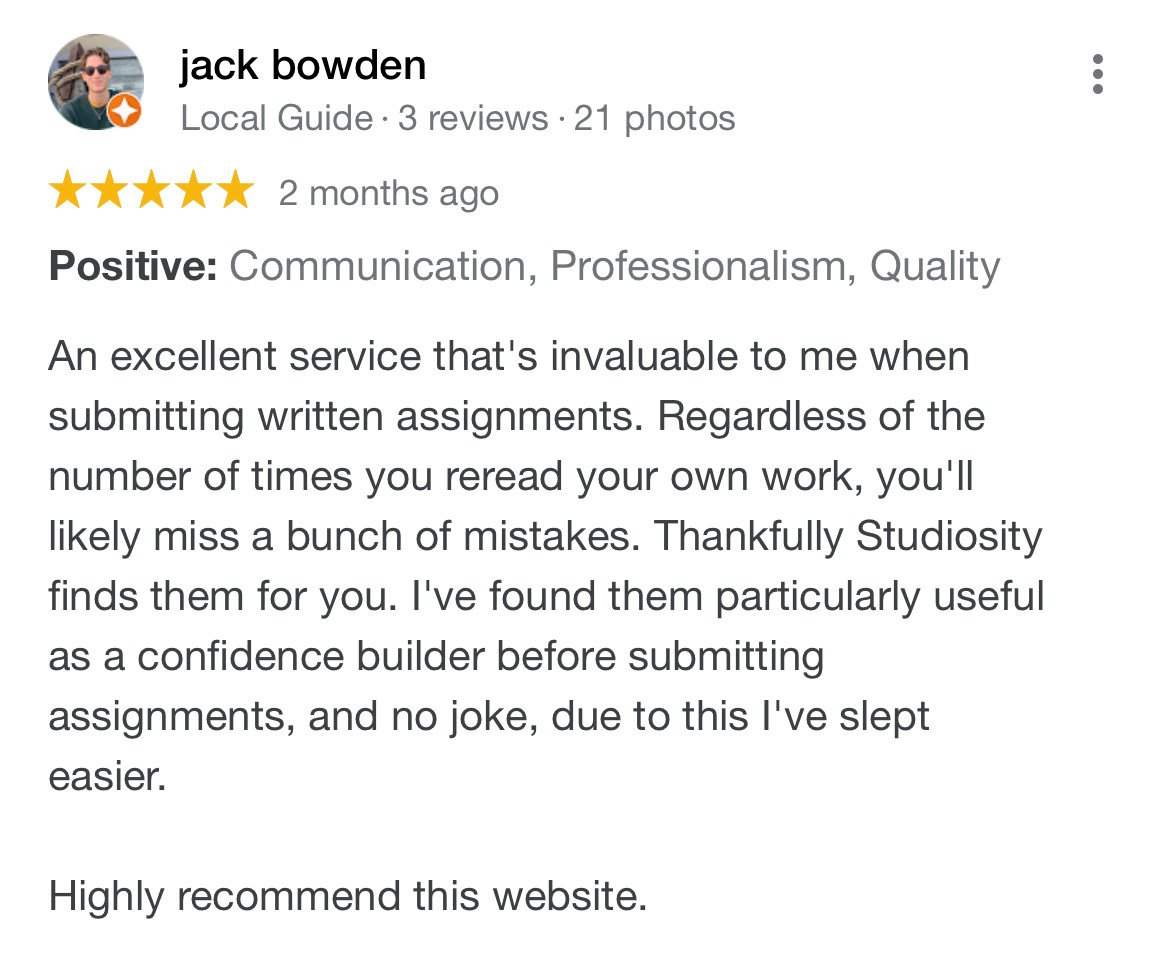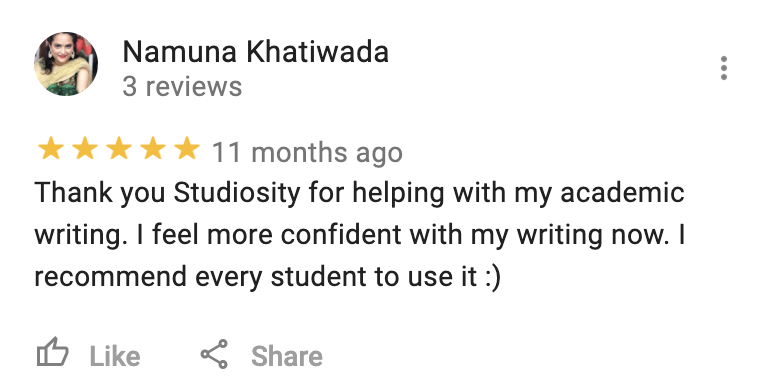Insights from a recent dinner of university leaders in Newcastle - originally published on LinkedIn.

Two years since the world was bowled over by the arrival of publicly accessible generative AI, universities are still navigating its impact on their educational mission.
In order to unpack the current state of thinking in the sector, we invited 20 vice chancellors, DVCs and other leaders from across Australia and New Zealand to discuss how they are responding to the availability of technology. A technology that - when unconstrained - allows students to bypass traditional ways of evidencing their learning.
The conversation was expertly facilitated by Prof Steven Warburton, the Pro-Vice Chancellor, Innovation at the University of Newcastle. Professor Warburton framed the discussion around a series of “provocations,” which suggested universities face dialectic challenges.
So, are universities “asleep at the wheel,” as Professor George Siemens of the University of South Australia has said? According to Siemens, while the private sector is embracing the technology and establishing its functionality and capabilities, universities are so slow to respond that they will largely be left with no option but to work with the solutions presented to them
Siemens is now working at Southern New Hampshire University, an institution with over 250,000 online students and which has taken the radical step of going “all-in” on AI, preparing to redesign every course and change every assumption about what students need to know and how they should learn in the emerging world.
However, the leaders at the table last week were taking a more considered approach. For example, Pascale Quester, Vice Chancellor of Swinburne University of Technology, Alex Zelinsky, VC of the University of Newcastle, and Linda Brown, CEO of Torrens University Australia all shared their own reservations about upending the work of educators and the learning of students, if only because it is so unclear just what the future will look like.
One of the recurring themes at dinner was whether the existence of Gen-AI would change the content students need to learn, or whether it would be sufficient to educate them about how to use the technology in ways that are ethical and in line with learning outcomes. Indeed, Professor Warburton’s second provocation related to the potential for Gen-AI to be used to automate the marking and feedback process. Would such capabilities represent a “magic wand or a pandora’s box,” he asked?
As “smart” and powerful as the technology is, if all it is used for is to give the 'impression' of learning, then it will be humans who are ultimately left much worse off.
The chancellery and leaders at the table had differing views, though all agreed that the foundation of any Gen-AI implementation in higher education must be ethical and result in genuine learning. As “smart” and powerful as the technology is, if all it is used for is to give the impression of learning, then it will be humans who are ultimately left much worse off. And that’s a result we must refuse to allow.







